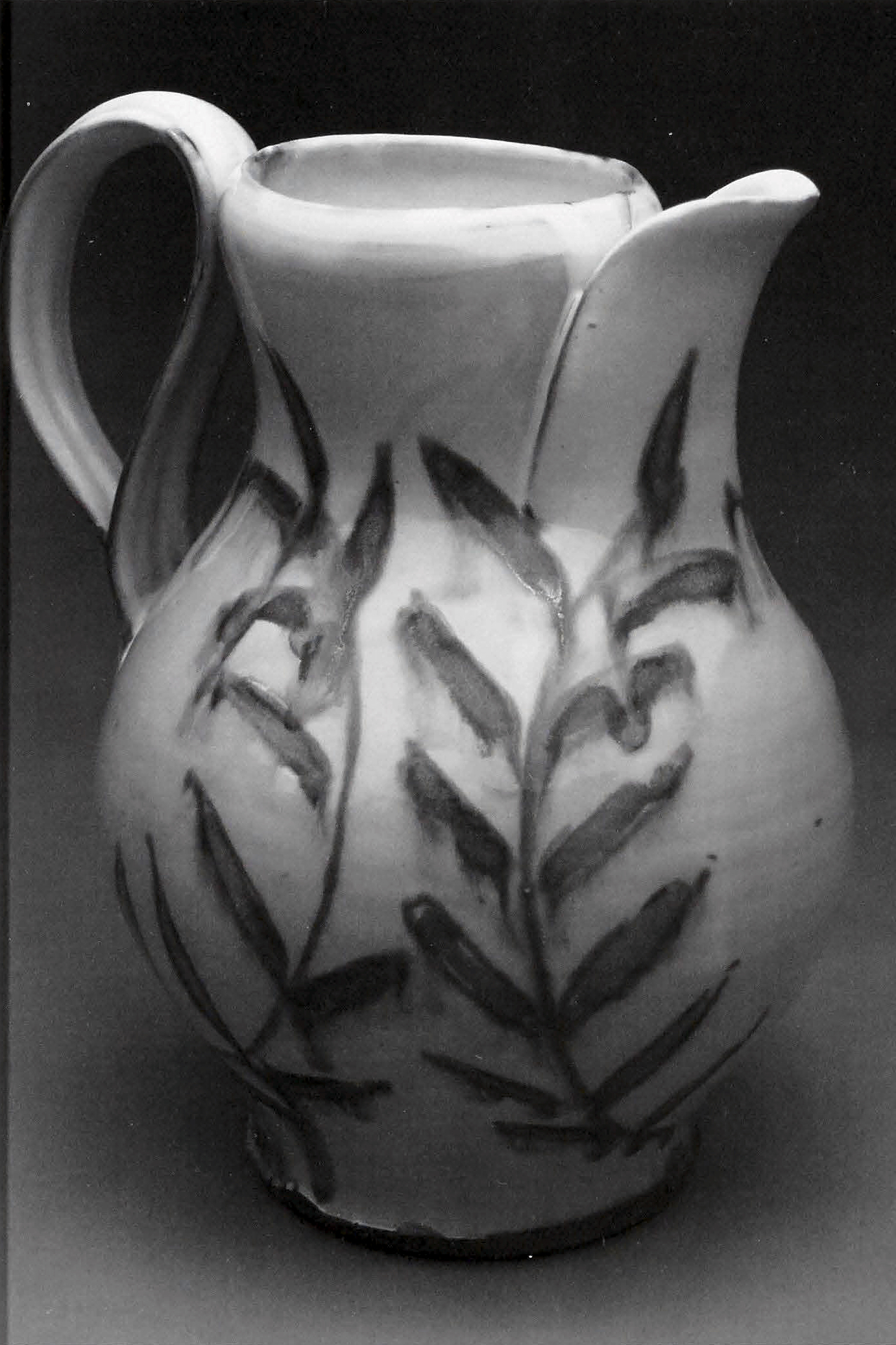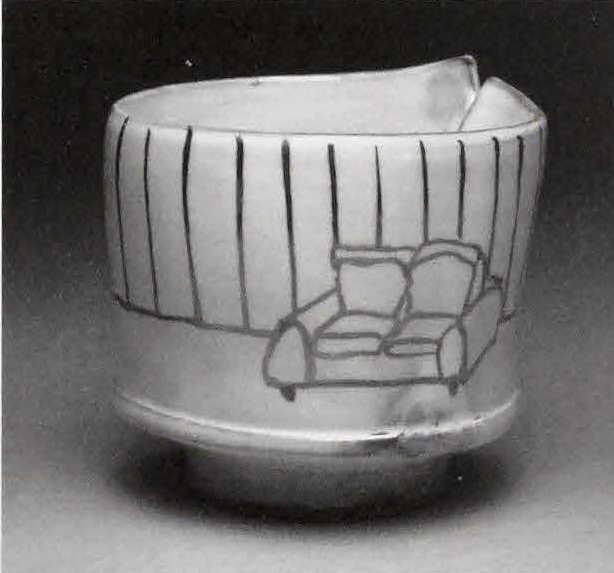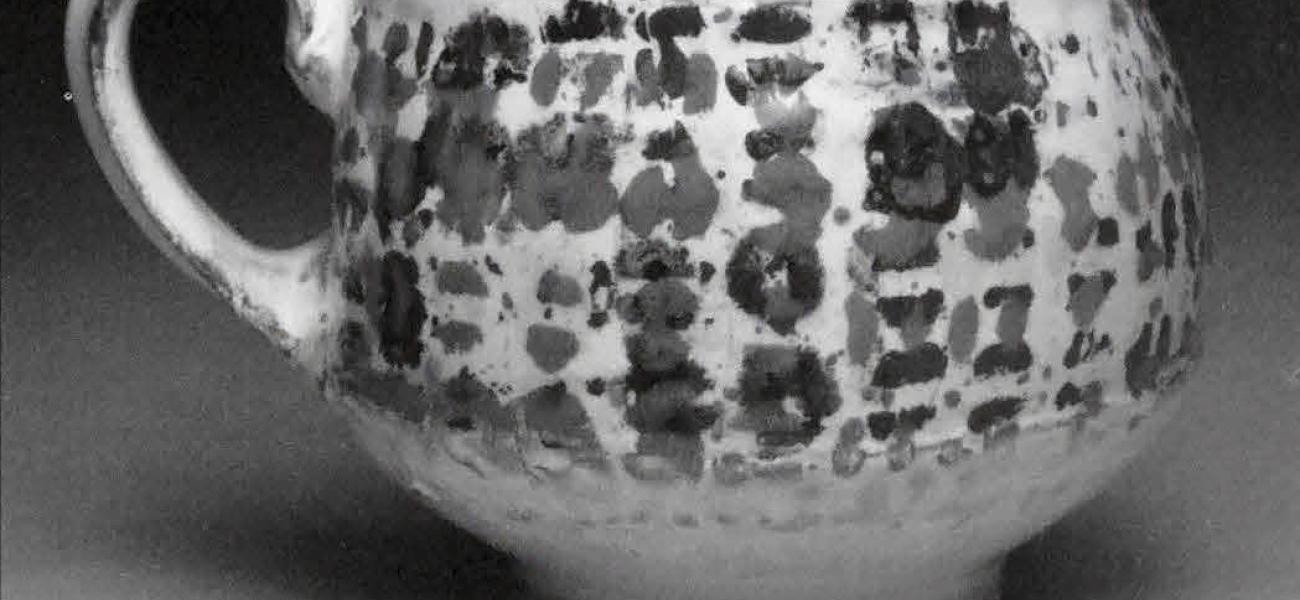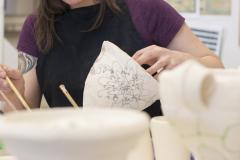Failure Makes Great Reclaim
There is a small irony in asking functional potters to comment on the use of something many of us try to avoid. Is failure, as the dictionary claims, "a lack of success, a non-functioning state, collapse or deficiency?" These words imply that failure exists as a negative condition, the absence of something.

My computer dictionary offers a third definition: "the omission of an expected or required action." Applied to my endeavors as a maker, this definition offers a vital aspect of failure. The "absence of expected behavior" is a void ripe with potential. This expanse of the unknown may elicit both fear and anticipation. I find my way through this formlessness by asking questions of the resulting pieces and myself. The inner dialogue that begins to take hold helps me to discern my goals for the work. By eliminating habitual motions in the studio, I am able to invent outside of functional conventions and constraints. This dynamic process of making - this flirtation with failure - instigates the freedom to create something innovative.
When I was in school, we were asked to make the most ugly pots we could imagine. I know this is a common assignment, designed to coerce us into reexamining what we value in our work. I worked counter to all my conventions; I made pots using only my left hand, slathering them in slip and covering them with narrative drawings reflecting my broken heart. The resulting pots were uncomfortable and awkward, but not ugly. Did I fail, or was the assignment a success? It is still unclear to me whether I failed by being unable to force myself to make something I considered ugly, or succeeded in broadening my perspective on what constitutes a beautiful pot.
This assignment demonstrates the dual nature of failure. At the moment of evaluation, anything designated a failure can also be a success. It is not a matter of precise opposites, but rather a question of degrees. Active engagement in making moves the work like a pendulum between the poles of failure and success, each serving to inform the other. The act of making the most unattractive pots I could imagine sowed the seeds for my subsequent ideas. I now embrace variation in the slip and continue to incorporate elements of the drawings I used on those sloppy, bumpy, wobbly, unkempt jar forms. For me, asking questions has become one of the most constructive parts of the making process. What if I cut this pot here and reassemble it this way? What happens if I use glaze instead of slip in this monoprint on leather-hard clay? The subsequent work may not make it out of the studio, but every action hones the aesthetic choices and motivation behind my work.
To maintain a pace of evolution in the studio I periodically dedicate a day to the exploration of a different form or surface treatment. While working, I take notice of the instant when I begin to feel anxious and excited. This anxiety creates an energy all its own. I start to bounce around the studio and work to identify the changes to form or surface that are the source of my uneasiness. These moments highlight the unfamiliarity of what I am creating: the solutions for the object are unknown. New designs may be bisque-fired and glazed, or left as greenware.

Unfired, some work may sit in the studio for months, allowing its newness to percolate. When I worry that I may be wasting my time, I console myself with the thought that what I am making is really good reclaim. My failures will be recycled into an ever more plastic clay-body - ready to be reworked in order to continue the progression of new ideas.


